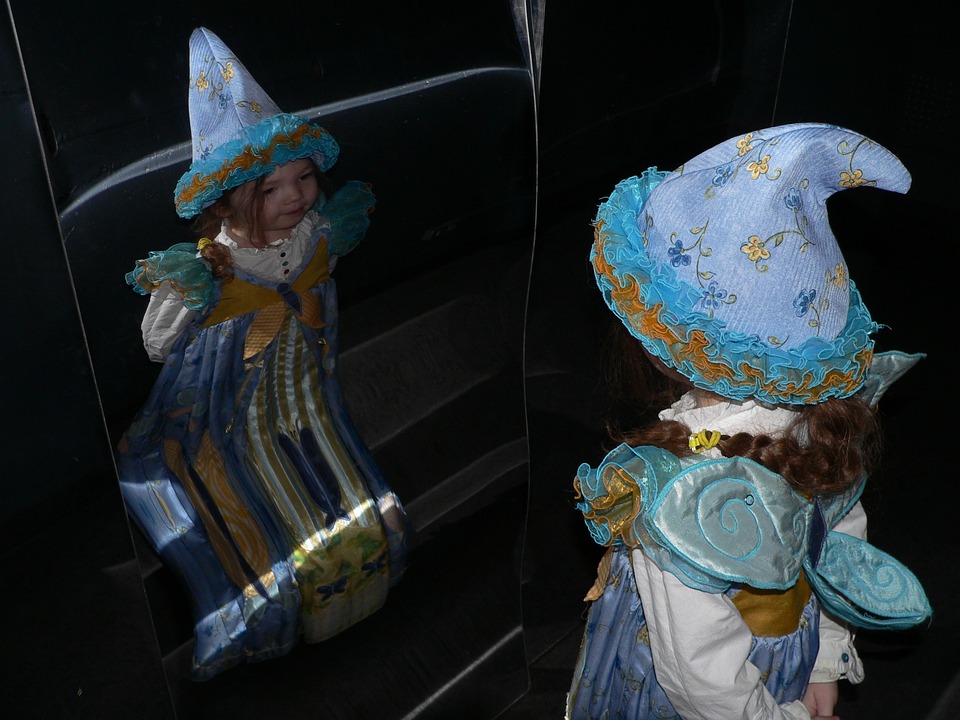Gravity’s Grasp: Delving into the Theoretical Roots of General Relativity
Gravity is a fundamental force that shapes our universe, from the way planets orbit around stars to the way objects fall towards the ground. But have you ever stopped to think about what exactly is going on behind the scenes, making gravity work? The answer lies in the fascinating world of general relativity, a groundbreaking theory developed by Albert Einstein in the early 20th century.
What is General Relativity?
General relativity is a theoretical framework that describes the nature of gravity and its effects on spacetime. Unlike classical mechanics, which views gravity as a force that acts between objects, general relativity presents gravity as the curvature of spacetime caused by the presence of mass and energy. According to this theory, the more massive an object, the greater the curvature of spacetime around it.
Imagine spacetime as a trampoline, where the presence of a heavy object like a bowling ball creates a dent in the surface. The more massive the object, the deeper the dent. This curvature affects not only the movement of objects but also the flow of time itself.
The Key Principles of General Relativity
Einstein’s theory is built upon several fundamental principles:
- The Equivalence Principle: The effects of gravity on an object are equivalent to the effects of acceleration. This means that an object in a gravitational field will experience the same effects as an object that is being accelerated in a spaceship.
- The Lorentz Transformation: The laws of physics are the same for all observers, regardless of their relative motion.
- The Geodesic Equation: The shortest path between two points in spacetime is a geodesic, which is affected by the curvature of spacetime.
Consequences of General Relativity
The predictions made by general relativity have been astonishingly accurate, revolutionizing our understanding of the universe. Some of the most significant consequences include:
- Black Holes: The extreme curvature of spacetime around a massive object like a black hole creates a region from which not even light can escape.
- Gravitational Waves: The ripples in spacetime caused by the acceleration of massive objects have been detected, confirming a key prediction of general relativity.
- Time Dilation: Time is affected by the strength of the gravitational field, causing clocks to run slower near massive objects.
Image: Spacetime Curvature
[Illustration of a trampoline with a bowling ball, representing the curvature of spacetime caused by mass and energy]
FAQs
Q: What is the difference between general relativity and special relativity?
A: Special relativity deals with the effects of motion on spacetime, while general relativity explores the effects of gravity and the curvature of spacetime.
Q: Is general relativity still widely accepted?
A: Yes, general relativity has been extensively tested and confirmed by numerous experiments and observations, including the detection of gravitational waves.
Q: Can general relativity be used to predict the behavior of gravity in extreme environments?
A: Yes, general relativity has been applied to extreme scenarios like black holes and neutron stars, providing valuable insights into the behavior of gravity in these environments.
Q: Is general relativity limited to describing the behavior of gravity?
A: No, general relativity forms the foundation of modern astrophysics and cosmology, providing a framework for understanding the behavior of massive objects and the evolution of the universe as a whole.
As we continue to explore the mysteries of the universe, general relativity remains a cornerstone of modern physics, inspiring new discoveries and insights into the workings of gravity and spacetime.


